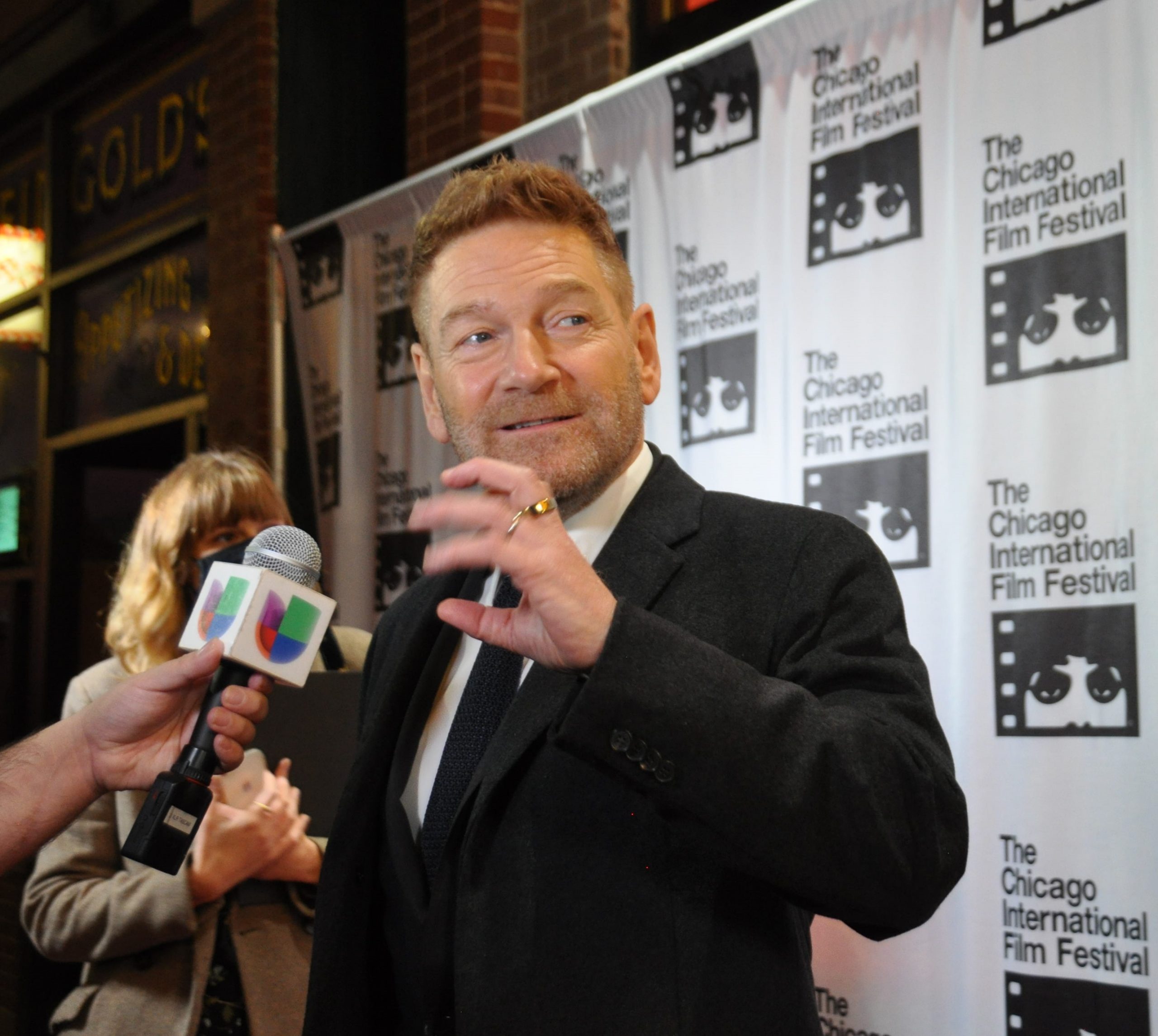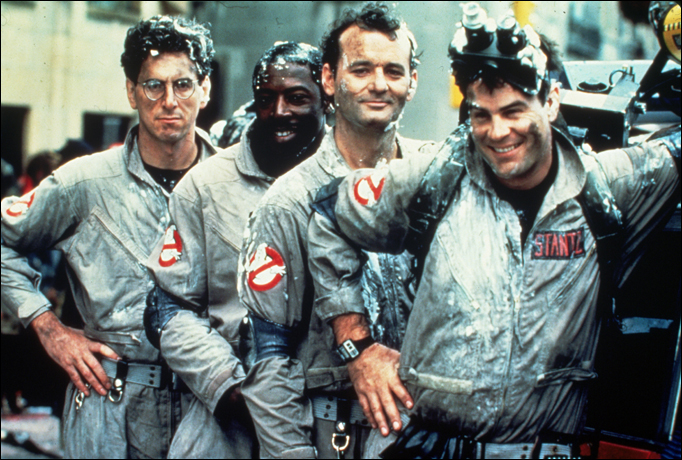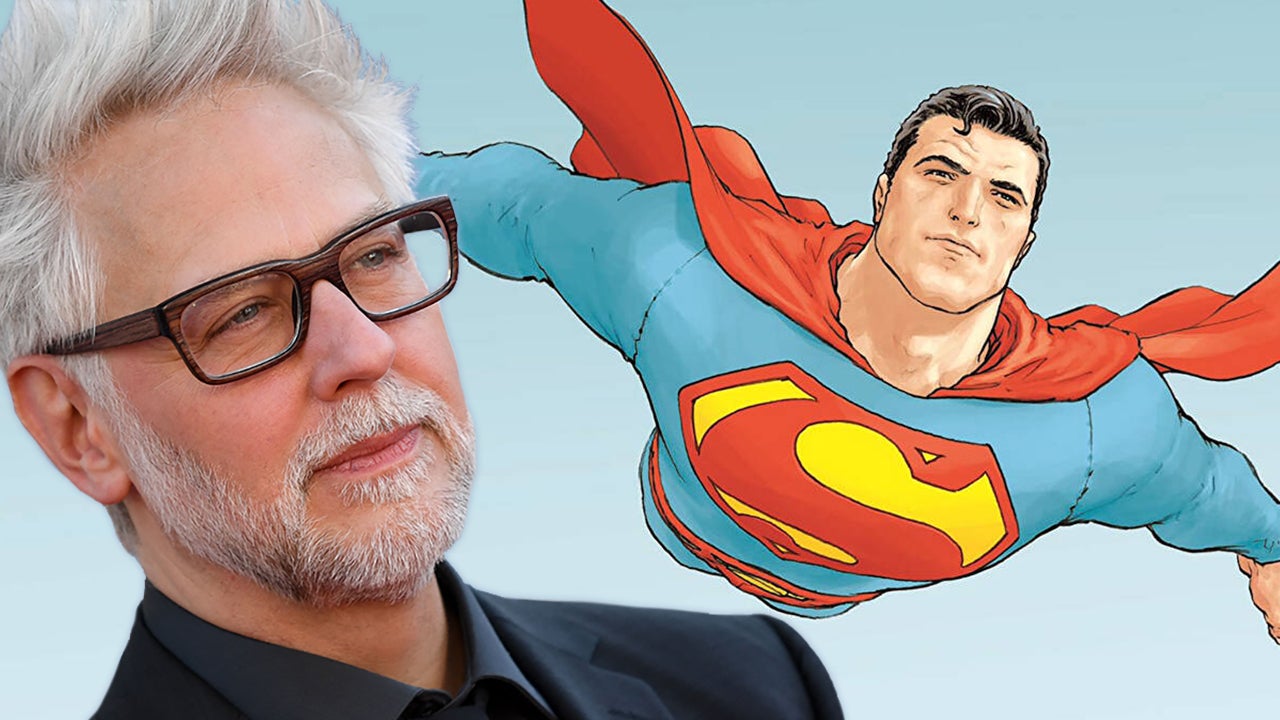Arriving next year on March 1st, the 1980s TV adaptation of The Fall Guy promises to be a wild ride straight through the heart of Hollywood stunt culture. Directed by David Leitch (Bullet Train/John Wick), and released via Universal Pictures, the movie sees retired stuntman Colt Seavers (Ryan Gosling) pulled back into service. After Tom Ryder (Aaron Taylor-Johnson) goes missing from a movie that Jody Moreno (Emily Blunt) is directing. Colt is sent on a stunt-filled quest to find Tom. From the trailer alone, it’s clear to see that the relationship between Jody and Colt is the backbone of The Fall Guy. On the surface, you can expect a ton of high-octane action.
Hollywood stuntman Colt Seavers picks up some extra pocket money by using his rough-and-tumble skills to track and capture bail jumpers, `helped’ by his green younger cousin, Howie, and Jody, a beautiful stunt colleague.
The Fall Guy has two brilliant lead actors!
As the title of this article suggests, Ryan Gosling is no stranger to taking on a character that portrays a stuntman. His stuntman life within The Fall Guy doesn’t seem to be as dark as the one of Driver in Drive. Over the years Ryan Gosling has really been typecast into the more serious roles. Like Blade Runner 2049 & First Man. Recently, fans are starting to notice a lighter and more comedic side to his acting portfolio. It’ll be great to see that continue in The Fall Guy.
Emily Blunt will undoubtedly bring another interesting character to life. She’s shown as much with no end of brilliant movies already accomplished, from Looper right through to Oppenheimer. Both Ryan and Emily can lead a film on their own with ease. I’m excited to see what the back-and-forth between them will be like in The Fall Guy! David Leitch will bring his incredible action movie approach to The Fall Guy, making it a must to watch on the biggest screen possible. With his experience of combining comedy and action firmly and positively established, he is sure to succeed here once more. Also, let’s not forget that David is a stuntman himself, and this will surely only make the movie more authentic.
To sum up!
Although the trailer seems to give a lot away, especially with Colt discovering Tom, it seems that it’s just scratching the surface of what we can expect. The movie seems to promise a bold, and straight-to-the-point style. How excited are you for this movie? So, what do you think the creative team behind it will bring to the final product?






























